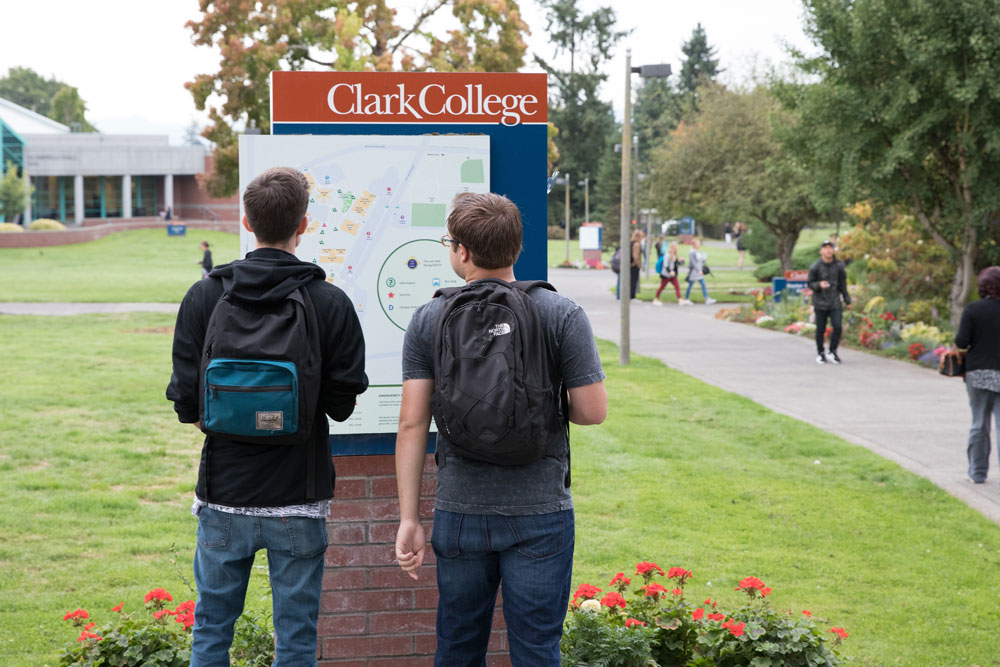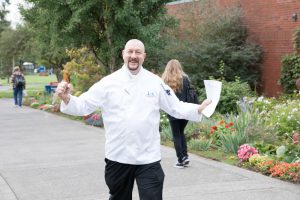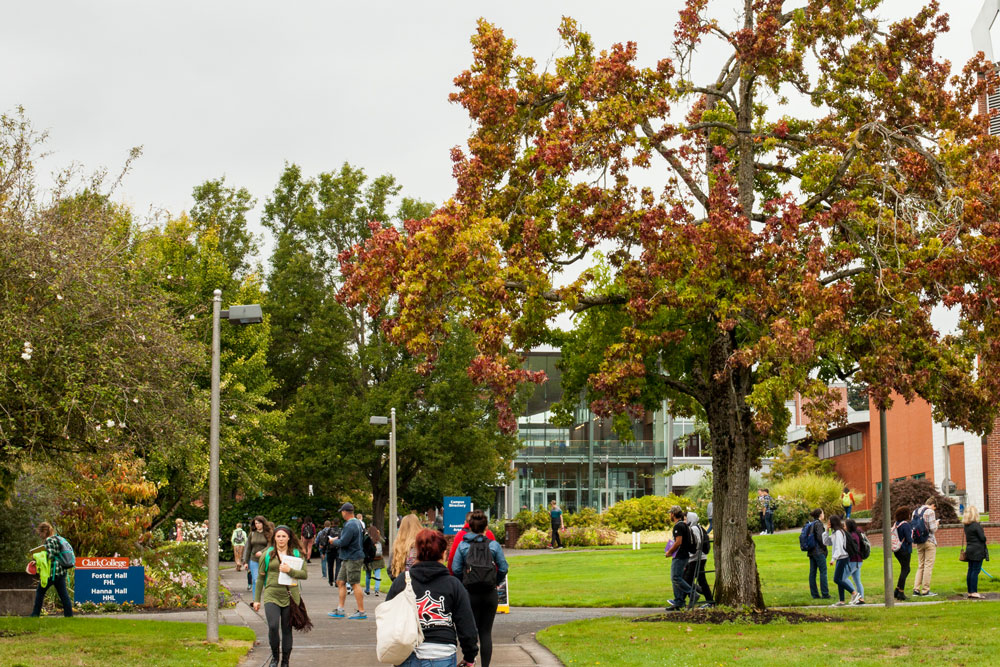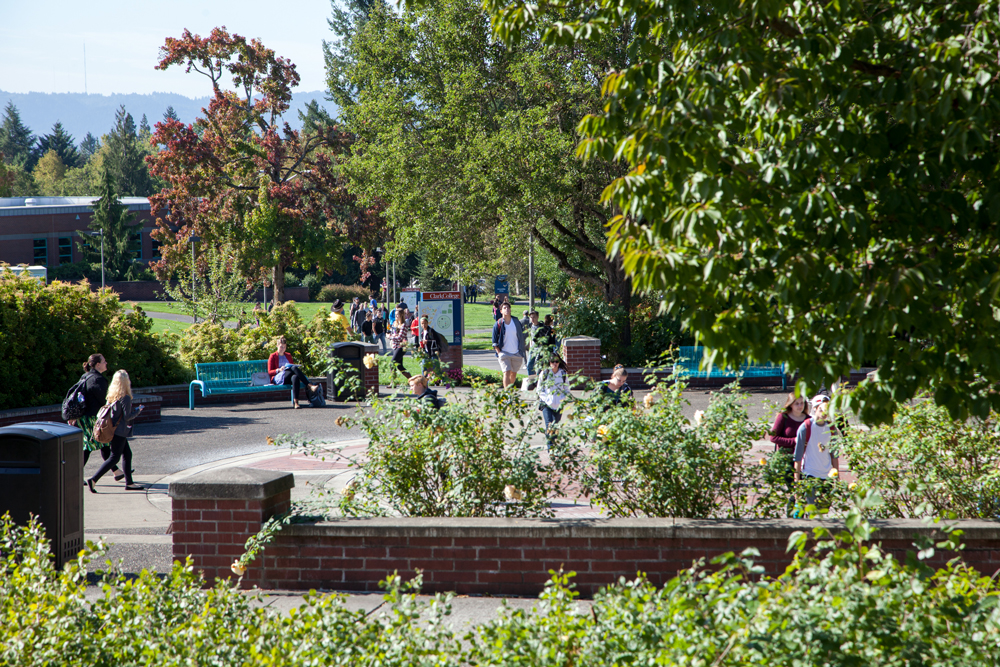Fall begins at Clark
Monday, September 25 marked the start of the 2017 fall term at Clark College.
While official numbers are not available until after the 10th day of class, the day began with 12,055 students enrolled, slightly down from last year’s Day One enrollment of 12,099. This reflects trends seen throughout the statewide system and through much of the country as well.
Some specific segments saw increases. Enrollment in eLearning (or online) courses grew this year by 18 percent, with more than 4,700 students taking advantage of those courses. Clark College’s Running Start Program also grew again this year by 2 percent to just over 2,100 students, making it the largest Running Start program in the state.
Other highlights for the quarter:
-
This quarter sees the relaunch of the college’s culinary programs, including Cuisine Management and Professional Baking and Pastry Arts. Students entering the program this quarter will be the first to study in the college’s McClaskey Culinary Institute, which is still in the final stages of construction and is expected to open to the public by the end of 2017. When it opens, it will be the only nonprofit culinary institute within 120 miles. Clark’s Culinary Arts – Cooking/Restaurant Management program was put on hiatus in 2013 in order to modernize the curriculum and facilities. The Culinary Arts – Baking/Bakery Management program was put on hiatus in 2015, when it was determined that the program could not continue running while the culinary facilities were being remodeled.
- The Bachelor of Applied Science in Applied Management program, which launched January 2017, begins its first full academic year at capacity with 35 students. This is the second bachelor’s degree offered by Clark, and more are expected to be announced by the end of this academic year. In response to strong demand, a second cohort of the BASAM program will launch in January.
-
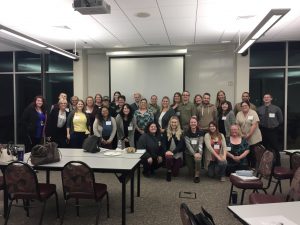
The BAS in Applied Management program’s newest cohort poses with administrators, faculty, and campus resource specialists during their orientation session.
The college’s new Rural Access Mechatronics Program (RAMP) launches this quarter, providing opportunities for students in underserved parts of the college’s service district to gain in-demand skills without relocating to urban areas. Made possible by a grant from the National Science Foundation, this two-quarter program allows students to earn a certificate in mechatronics through primarily online classes that require them to come to Clark’s Columbia Tech Center location in East Vancouver on Saturdays only. As with the BAS in Applied Management, this program is at capacity, and faculty are considering adding an additional cohort in winter term.
- The college’s new Penguin Pantry has opened on the college’s main campus, providing students with free food and hygiene supplies, as well as some clothing and school supplies. Almost half of Clark’s student body is classified as lower-income, according to data from the college’s Office of Planning & Effectiveness.
Photos: Campus photos by Clark College/Jennifer Shadley, BAS in Applied Management photo by Clark College/Jennifer Lea.
